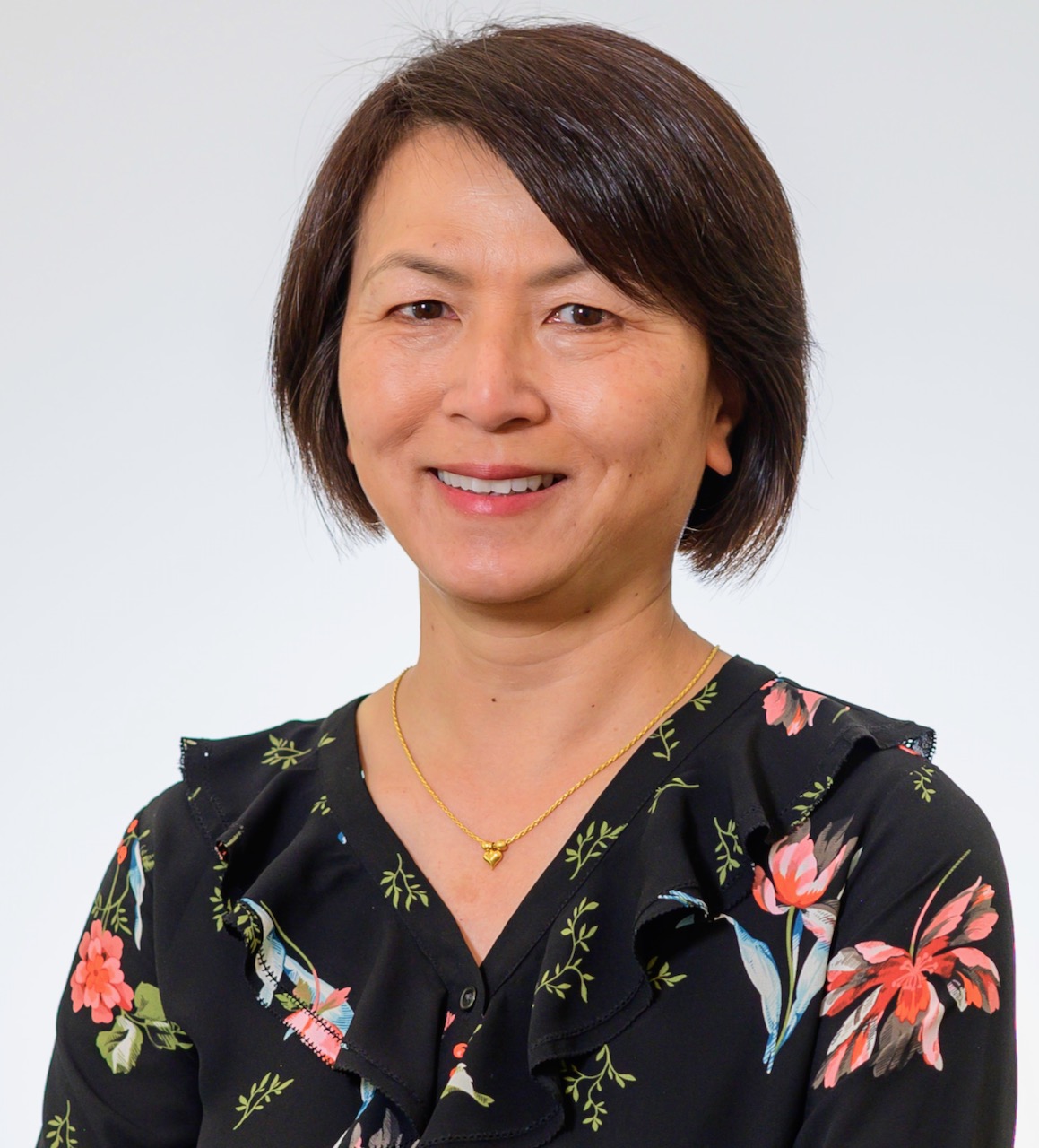The 50th anniversary of light-speed connections at OFC
 Thursday, February 27, 2020 at 11:38AM
Thursday, February 27, 2020 at 11:38AM The 50th anniversary of two key optical developments will be celebrated at the upcoming OFC show to take place in San Diego starting March 8th.
Back in 1970 the first low-loss fibre and the first room-temperature semiconductor laser were demonstrated.
 Jun Shan Wey“The low-loss fibre had a loss of 16 decibels-per-kilometre,” says Jun Shan Wey of ZTE and the OFC programme co-chair. “Without such optical fibre, there would be no chance of any long-distance communication.”
Jun Shan Wey“The low-loss fibre had a loss of 16 decibels-per-kilometre,” says Jun Shan Wey of ZTE and the OFC programme co-chair. “Without such optical fibre, there would be no chance of any long-distance communication.”
The advent of a semiconductor laser operating at room temperature was another development of key importance, she adds.
Fiber 50 Keynote
The Fiber 50 celebrations include a series of events assessing the impact of the two optical-communication enablers as well as looking to the future.
Dave Welch, founder and chief innovation officer at Infinera, will open the event with a keynote talk (Tuesday, 10 March 2020, 18:15 – 19:00 Ballroom 20BCD) addressing the impact of optical communications on society over the last half-century and discussing what to expect in the coming years.
According to Welch, advances witnessed in the technology are the result of game-changing innovations such as the erbium-doped fibre amplifier (EDFA), “a critical enabler” for dense wavelength-division multiplexing (DWDM).
Professor Sir David Payne, that led the team that invented the EDFA, is one of this year’s OFC Plenary Session speakers.
“What is so striking is how the world has changed as a consequence of the fibre network,” says Welch. “I do not believe that there has been anything more globally impactful than the fibre-optic network because, without it, the internet could not exist.“
 Dave Welch
Dave Welch
Fibre-optic communication has also transformed the business world.
“If we look at the top ten companies as defined by market valuation and compare the list from 1997 to the list today, it is stunning,” says Welch.
Back then it was energy firms and bricks-and-mortar companies whereas today the list is dominated by companies built on data and the communication of that data.
Welch will also highlight in his keynote what to expect going forward.
“What is highly predictable is the continued expansion of bandwidth consumption and the cost of bandwidth continuing to drop,” says Welch.
The technologies that enable the network will also be highly innovative. “For example, optical communication will draw even more from radio network designs, and from the functional convergence of physical layers of the network to achieve continued expansion,” says Welch.
The networks will also be built with machines in mind, not just humans. “This is where most of the traffic expansion is coming from today and in the future,” concludes Welch.
Vision 2030
Welch's Fiber 50 keynote talk will be followed by a conference reception (Tuesday 10 March 2020, 19:00 - 20:30 Sails Pavilion) where key individuals in the development of optical communications will be present.
The OFC also has a Special Chair’s Session entitled: Vision 2030: Taking Optical Communications through the Next Decade (Wednesday, 11 March 2020, 14:00-18:30 Room: 6F) where industry luminaries will discuss key topic directions over the next decade.
These include data centres; optical devices such as terabit transmitters, indium phosphide photonic integrated circuits (PICs) and silicon/ nanophotonics; undersea communications; optical access, and 5G optical transport.
Wey highlights how new technologies such as machine learning and quantum techniques for optical communications feature widely across this year’s OFC conference sessions.
“My view is that we are seeing a ‘hockey-stick’ of ideas coming in as we enter the next decade,” says Wey.
She cites access networks as an example. In the past decade, the main driver has been increasing access bit rates. This remains important, she says, but other considerations are also driving access.
5G is changing the architectural requirements, not just the increase in bandwidth but in the use cases it will support. Multi-access edge computing is another aspect.
“Cloud and virtualisation are coming into access, and then there is the challenge of how vendors stay in business,” says Wey.
Exhibits
The OFC has also organised a timeline-of-innovation exhibition on the show floor with items being loaned by companies for the event.
The exhibits will include a 1970 lithium niobate modulator, a 1977 fibre prototype from Corning that carried the first commercial traffic, an early fibre-to-the-home BPON optical transceiver and the first coherent optical transmission system from Ciena (Nortel).
Lastly, there will be an interactive exhibit honouring the recipients of The John Tyndall Award. The award is presented by the IEEE and the OSA to 33 individuals that have made outstanding contributions in optical fibre technology.
“We are very excited and proud in what we have put together,” says Wey. The other OFC programme co-chairs are Professor David Plant of McGill University and Shinji Matsuo of NTT.



Reader Comments